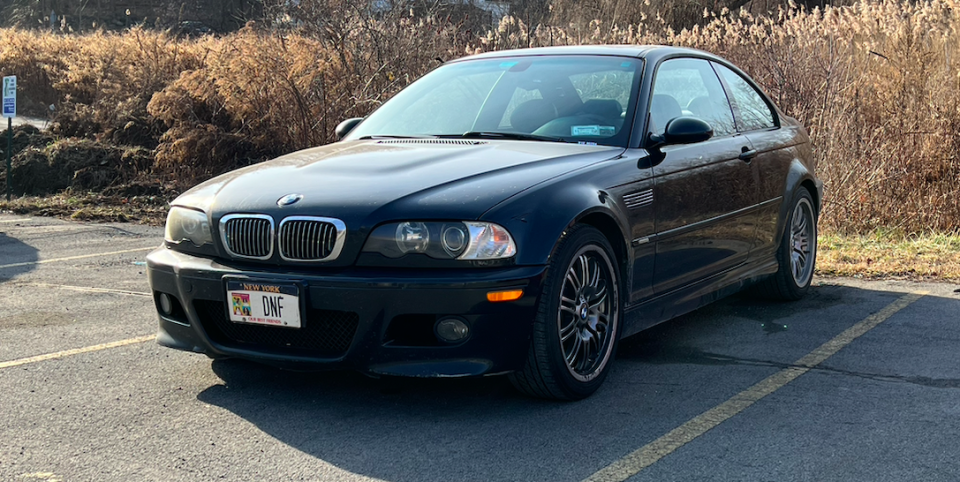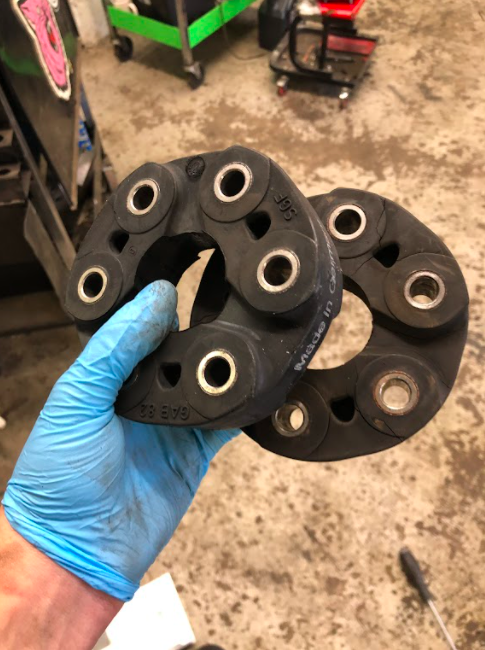Here Are All the Little Things I Fixed on My 284,000-Mile M3 Project

A few months back, I bought a 2002 BMW M3 with an astounding 284,000 miles on the clock. My goal with the car? Build a fun daily driver capable of tackling my favorite back roads. While the high-mileage two-door looked healthy from the outside, it needed a ton of work. I’ve spent the past few months fixing things like the brakes, the tie rods, the drivetrain mounts, and even the starter in an attempt to get the car in fighting shape. Lately I’ve been doing the smaller maintenance items that I’d put off. Those little items made a surprising difference in how the car drives.
So What Exactly Did You Replace?
Mostly just dried-up rubber. CarParts.com reached out to see how it could help with the project, and sent over a handful of parts.

The most important item was definitely the flex disc, otherwise known as the “giubo.” It’s a circular rubber part that connects the transmission’s output flange to the drive shaft. Its rubber construction is designed to reduce overall drivetrain vibration. Anyone who’s owned a high-mileage BMW before will know these always go bad, causing a bunch of unnecessary drivetrain lash. It’s easy to tell when a flex disc needs to be replaced; you feel the extra slack whenever you press the gas pedal. If you’re unsure, just get under the car and look at it—usually flex discs develop visible cracks in the rubber after extended use, especially if they’re original.
Replacing a flex disc on most BMWs is relatively simple. All you have to do is undo the bolts connecting it to the driveshaft and transmission. Thankfully you don’t even have to drop the exhaust or transmission mount to get access on the E46 M3. I dropped the exhaust anyway, as well as the heat shielding and driveshaft to install a new driveshaft support bearing, as the original was totally shot. Now the drivetrain is lash- and vibration-free.
CarParts.com also sent over a pair of sway bar end links for the front end, since the current pair were trashed beyond repair. These were even easier to replace—I don’t think I even needed to take the wheels off to reach the bolts (but I did anyway for the pictures). The online parts supplier also threw in a steering joint (a piece of rubber that connects the steering shaft to the rack), which took just two bolts and a bit of muscle to replace. Now the front end feels a whole lot more connected.

 Yahoo Autos
Yahoo Autos 